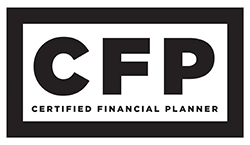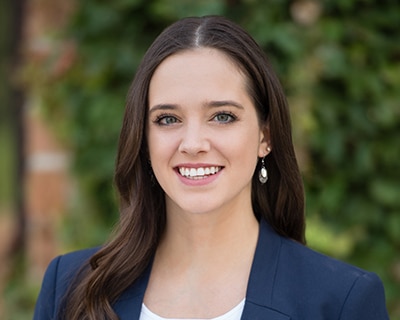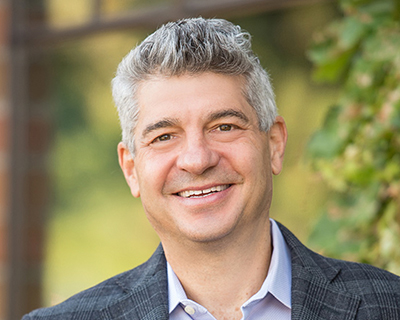Table of Contents
The Growing Climate Crisis… and How You Can Help
This is the essence of a major research report recently issued by the Intergovernmental Panel on Climate Change, a group of hundreds of experts from around the globe convened by the United Nations. The earth is getting warmer, with potentially disastrous consequences for almost all living things.
This growing crisis has led many individuals to shift their investment holdings away from fossil fuels in favor of energy sources that are clean and renewable and toward energy usage that is efficient and sustainable. These impact investors are seeking to reduce our reliance on fossil fuels and slow climate change with intentional decisions about how they deploy their assets.
The Climate Threat
How significant is the threat? The last seven calendar years were the seven hottest individual years in recorded history. That is causing increasingly widespread damage and suffering from wildfires, hurricanes, floods and droughts.
Poorer nations are at higher risk than rich ones, with average deaths from extreme weather events up to fifteen times higher in developing countries than in wealthier regions.
Non-human species are also facing a dire future; up to 10 percent of plant and animal species face a high risk of extinction, even if the world limits warming to two degrees Celsius. That means we could lose more species this century than in the entire 12,000 years of human history.
What is Environmental Impact Investing?
We can all take steps to reduce our carbon footprint, driving less or switching to an electric vehicle, limiting air travel, conserving energy, and even reducing our consumption of meat and dairy. But another way to address climate change is through impact investing.
Impact investing involves investing intentionally for both financial returns and progress toward social (i.e. Affordable Housing or Sustainable Agriculture) and environmental goals. Impact strategies can focus on any number of themes, but one of the most prevalent is climate change.
Investing to slow climate change
Investors of all types—from large institutions to individuals and families—are increasingly recognizing that climate risk is investment risk. They are taking an active role in shaping their portfolios so that they reduce exposure to environmental risks and shift toward renewable energy and other solution-based opportunities.
This can be done with both equity and debt securities across both public and private markets:
Green bonds
By purchasing green bonds, especially when they are first issued, investors can make impactful loans for renewable energy projects, parks and open space, energy-efficient buildings and transportation, sustainable agriculture, and technology that converts heat and waste to energy. The proceeds from the bonds are earmarked for specific environmental or social purposes and they typically offer competitive financial terms.
Environmentally screened stock funds
While there are numerous environmentally focused investment funds, they are not all created equal. Fees, performance, ESG ratings, and manager experience vary greatly. And so do holdings.
Most environmental funds will screen out companies that own large fossil fuel reserves. Many will consider various types of emissions. A smaller subset of funds actively seek stocks with climate-friendly products and services or valuable new technologies in energy efficiency, generation, and storage. Shelton Green Alpha, Kayne Anderson, and Change Finance are good examples.
Fund managers also differ in the degree to which they engage in shareholder activism to pressure company management to improve policies, disclosures and outcomes related to climate change. Calvert is a leader in this area.
Private investments in clean energy infrastructure and forests
Private investments typically involve greater cost and complexity than public investments and generally offer much less liquidity. They are not suitable for every investor and may have large minimum investment amounts. However, they can also potentially offer attractive diversification, yield, total return, and impact.
We believe the highest impact often comes from private investments, particularly when new funds are allocated to projects with specific measurable impact.
One example is NorthSky Capital which creates private funds to invest in renewable power and clean energy infrastructure. Past investments include a landfill project in Tacoma Washington that captured methane gas emissions (a chief contributor to climate change). The methane gas is converted to electricity while greatly reducing harmful emissions. Another project in California similarly captured and converted methane gas emitted from wastewater sludge and food waste.
While NorthSky funds are illiquid and are suitable only for large investors, private offerings from firms such as Greenbacker are much more accessible. This firm develops and operates wind and solar farms across the country, essentially operating much like an electric utility. Since 2016, Greenbacker Capital has invested in hundreds of clean energy projects which together have generated more than 3.3 million megawatt-hours of renewable energy. The firm’s primary investment fund (GREC) has generated relatively stable historical returns and annual distributions in excess of 6%.
The world’s forests protect against climate degradation by absorbing carbon, protecting watersheds, and providing a habitat for plants and animals. Lyme Timber is a long-term leader in land conservation and sustainable timberland. They offer investments in wetland mitigation banks that support healthy streams and wildlife, carbon sequestration projects, and responsible forest management.
To help research and sort through all these options as well as to provide access to the private market opportunities discussed above, many investors rely on the assistance of financial advisors specializing in this field, such as Colorado Capital Management.
Editor’s Note: This blog post is for informational purposes only and does not constitute financial, legal, or tax advice. Readers are encouraged to consult with a qualified professional regarding their individual circumstances. Please refer to our firm’s website for full disclosures and important information: CCM Website Disclaimer











